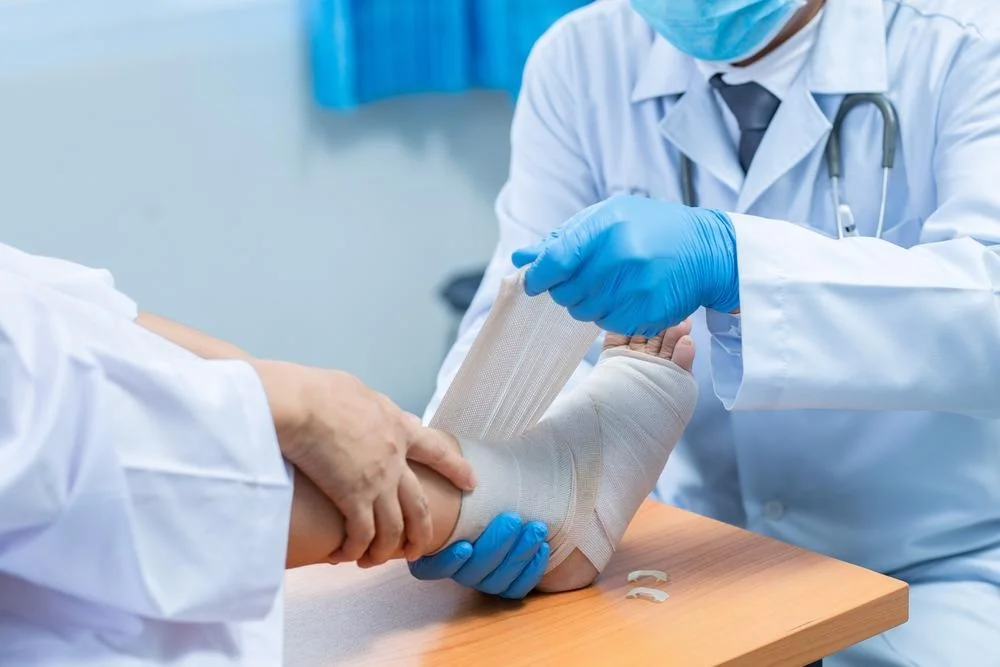Proper wound care is crucial for ensuring optimal healing and preventing complications. Whether you have a minor cut or a more severe injury, knowing how to care for your wound can make a significant difference in the recovery process. In this blog post, we will guide you through essential steps and best practices to promote effective wound healing and minimize the risk of infections.


Understanding the Purpose of Wound Dressings:
Wound dressings serve multiple functions in the healing process. They create a barrier against bacteria and contaminants, protect the wound from further injury, and maintain an optimal moist environment to promote healing. Additionally, wound dressings can absorb excess exudate, control bleeding, facilitate autolytic debridement, and offer pain relief. The choice of dressing depends on various factors, such as wound type, size, depth, presence of infection, and patient's overall health condition.
Types of Wound Dressings:
There is a diverse range of wound dressings available, each catering to specific wound characteristics and requirements. Some common types include adhesive bandages, gauze dressings, hydrocolloids, hydrogels, foams, films, alginates, and antimicrobial dressings. Adhesive bandages are suitable for minor cuts and abrasions, while hydrocolloids are excellent for shallow to moderately deep wounds with light to moderate exudate. Hydrogels and foams work well for dry or necrotic wounds, while alginates are ideal for highly exudating wounds. Antimicrobial dressings are used to prevent or manage wound infections.
Selecting the Right Dressing:
Choosing the appropriate wound dressing requires careful assessment of the wound characteristics. Consider the wound type (e.g., acute, chronic, surgical), location, depth, exudate level, and presence of infection. For example, a dry wound may benefit from a hydrogel or moist gauze dressing, while a highly exudating wound may require an absorbent foam or alginate dressing. Consult with a healthcare professional to evaluate the wound and determine the most suitable dressing option based on your specific needs.
Dressing Application and Change Frequency:
Proper application and timely dressing changes are essential for effective wound care. Before applying a dressing, ensure the wound area is clean and dry. Follow the manufacturer's instructions for proper application techniques. Additionally, consider the recommended frequency for dressing changes. Some wounds may require daily changes, while others may have longer intervals between changes. Regularly monitor the wound for signs of infection or other complications, and consult a healthcare professional if needed.
Combination Dressings and Advanced Technologies:
In certain cases, combination dressings or advanced technologies may be utilized for complex wounds. Combination dressings incorporate multiple layers or components to address various wound needs simultaneously. Advanced technologies, such as negative pressure wound therapy (NPWT) or bioactive dressings, provide innovative approaches to promote healing in challenging wounds. These advanced options may be recommended by healthcare professionals based on the specific requirements of the wound.
Wound dressings are indispensable tools in wound care, facilitating the healing process and protecting wounds from infections and further damage. By understanding the different types of dressings and considering the unique characteristics of your wound, you can make informed decisions and optimize the healing journey. Remember to consult a healthcare professional for guidance in selecting and managing your wound dressing effectively.

